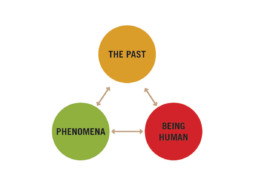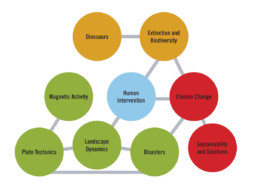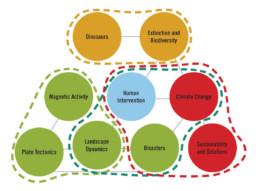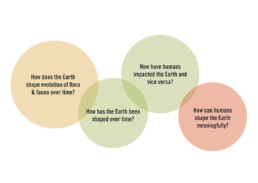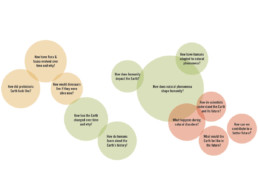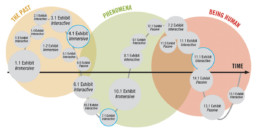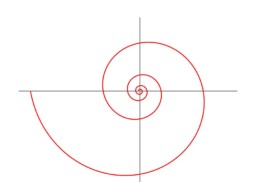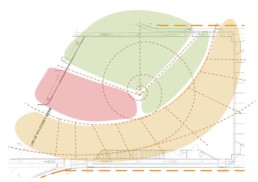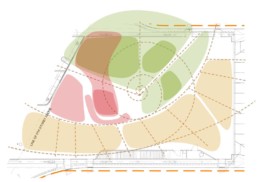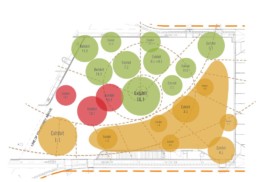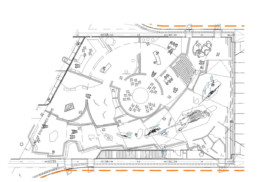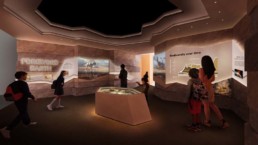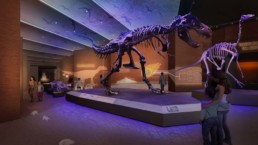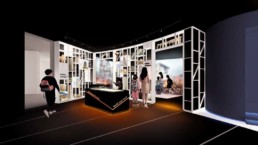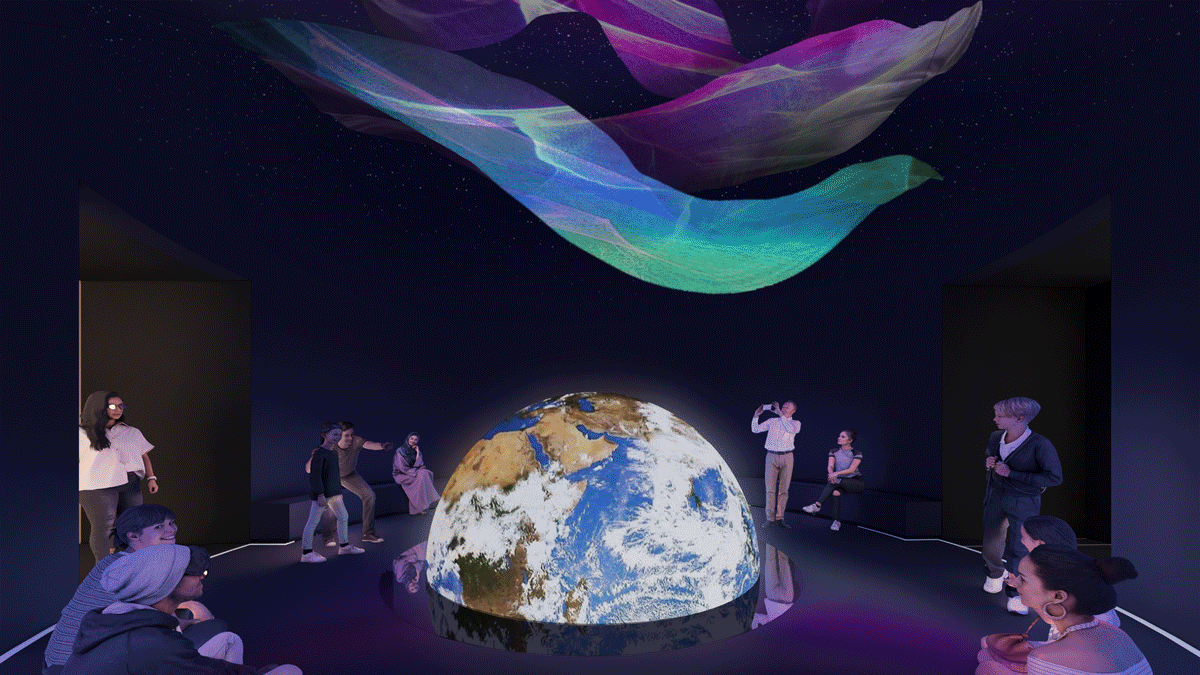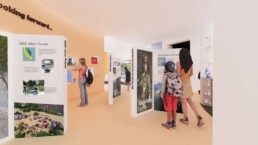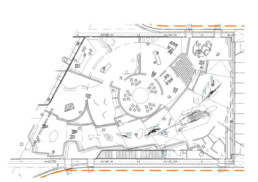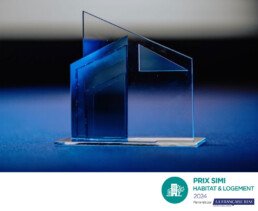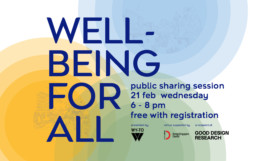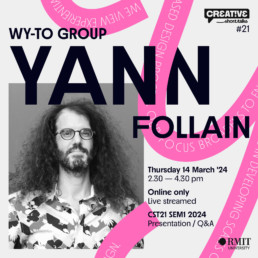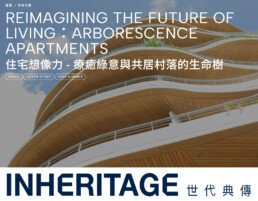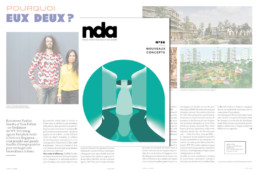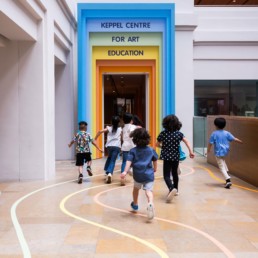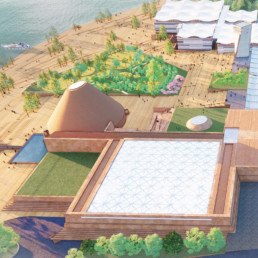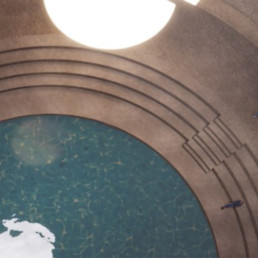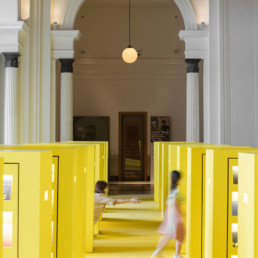Type
Invited Tender (non-selected)
Programme
Interpretive Planning, Exhibition Design
Location
Science Centre Singapore
Timeline
03/2025 – 04/2025
Area
736 sqm
Collaborators
Vouse, Light Collab, PADI, Atomic Systems
Team
Yann Follain, Feranda Chua
A sensory discovery of Earth
Positioning visitors as scientists, researchers, and thinkers of the future, our proposed exhibition design, planned and envisioned by WY-TO, encourages visitors to ask questions and discover the answers for themselves through the content developed for the narrative journey.
Four thematic chapters form the frame of our exhibition proposal. These are common questions that will enable visitors to peruse the curated content of the various and vast presented chapters. More than just guiding the information consumption, the four questions are specially derived by WY-TO to engage each visitor in discovering the core interwoven relationship between humanity and the planet. These four questions are:
- How does the Earth shape the evolution of flora & fauna over time?
- How has the Earth been shaped over time?
- How have humans impacted the Earth and vice versa?
- How can humans shape the Earth meaningfully?
Subsequent micro exhibit content we developed follows the framework set by the thematics in establishing the unique connections of relationships told across time, on Earth. The approach is further enhanced by our targeted interactive design. Accompanying explanatory text completes the educational experience. These combined to holistically fulfil the overarching learning objectives.
In embodying the evolutionary topic of exhibition, the Logarithmic Spiral is utilised by us to set the primary exhibition structure. The pattern, observed in nature and time, offers a poetic chronological framework for the curated exhibited content. Organic and natural, visitors are led progressively to receive the displayed information within the “internal chambers of a Nautilus shell”.
A range of analogue and multimedia interactives is designed by our Team to calibrate our experiential strategies. They are intentionally balanced to anticipate the diversity of visitors of the future exhibition. Each exhibit, proposed with clear sightlines, also provides comfortable distances. The breathing room enables a more conducive and uninterrupted multi-sensory experience for every visitor. An imperative for the immersive journey is the mood palette. In close reference to the layers of the Earth, we selected colours, textures, forms, and lighting that mimic the structure. Thereby curating an exhibition journey that focuses on clear delivery, inciting varied levels of curiosity and exploration.
The cavern-like start of the exhibition initiates the immersive journey. Depths of textures, coupled with the lighting strategy, create visual tactile effects that enhance the displayed information and draw focus to specific content. Leveraging the light design, visitors are intuitively led through the sequential exhibition and for more programmatic opportunities. Different light modes we proposed enable an efficient curation of information. For instance, the Night lighting houses exhibition content meant for after-hours. Doing so paves the way for revisits and empowers visitors to co-tailor their exhibition experience. More importantly, it reduces the risk of information overwhelm while building up anticipation for their journey ahead.
For rooms with lower ceilings, WY-TO reimagines spatial depth to bring to human scale, a sense of intimacy between the displayed content and the visitor. Thus, creating amplification that echoes impact on the People-Planet relationship. Thereby pacing the exhibition journey to complete introspectively in a full touchpoint encapsulation. We envision our exhibition design to immerse visitors from all walks of life to play the role of either a scientist, researcher or future thinker of various current initiatives and lived experiences that have contributed to this exhibition presentation.
